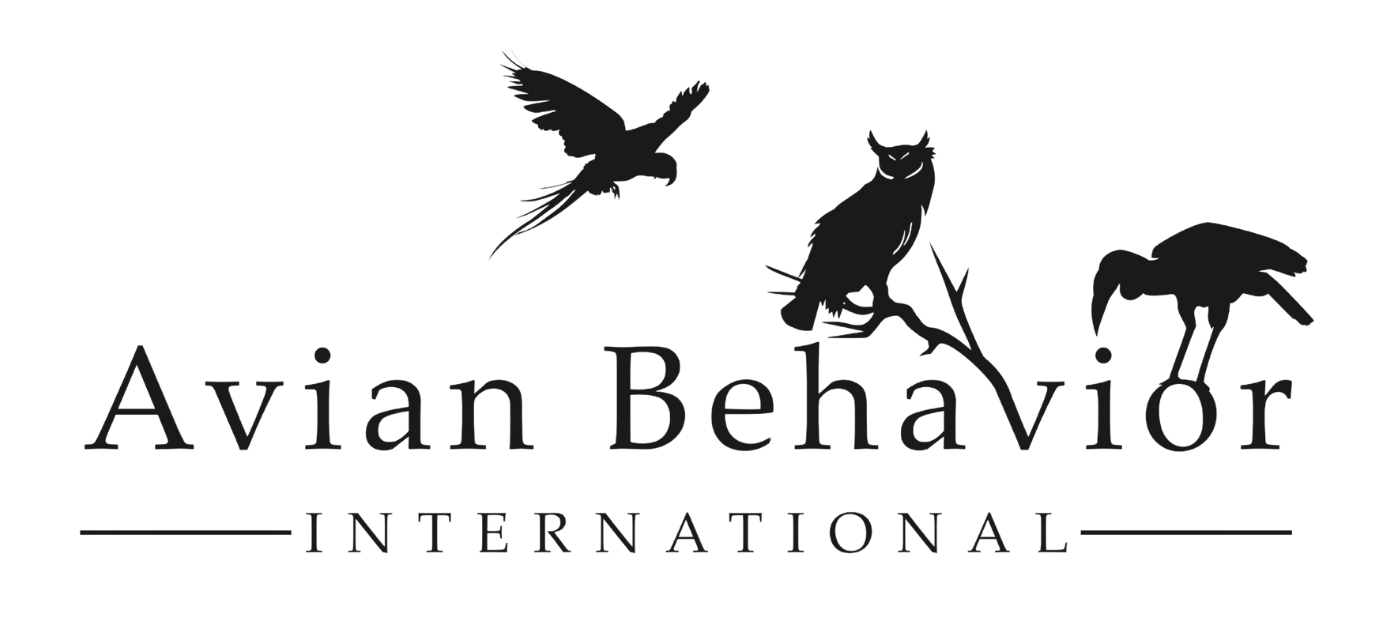24 Apr Who’s That Bird? A Beginner’s Guide to Recognizing Larger Birds in San Diego and Southern California
If you’ve ever looked up into the Southern California sky and thought, “Is that an eagle? Or maybe something escaped from the zoo?”—you’re not alone. In San Diego County, we’re lucky to share our cities, canyons, and coastlines with a wide variety of native birds, some of which are surprisingly large, dramatic, and even a little mysterious.
It’s common to confuse a red-tailed hawk for a bald eagle, a turkey vulture for a California condor, or wondered if you are looking at a raven or a crow. But most of these birds are right at home in our wild (and suburban) spaces. With a little observation and curiosity, you can learn to identify these majestic locals and feel more connected to the skies above. Read on to meet a few of our most commonly seen large birds and how to tell them apart.
Red-tailed Hawk
Where you’ll see them: Perched on utility poles, soaring over fields and freeways
Key markings: Adults have a brick-red tail, broad wings, and a creamy chest
Behavior: Soars in wide circles, often giving a raspy scream straight out of a Hollywood movie (literally—it’s used in films for eagles!)
Fun fact: This is the most common hawk in North America. If you see a big bird on a pole—this is probably your guy.
Red-shouldered Hawk
Where you’ll see them: Near creeks, woodlands, and neighborhoods with mature trees
Key markings: Black-and-white bands on the tail, rufous-red “shoulders,” barred chest
Behavior: Very vocal with a loud, repetitive cheer-cheer-cheer call
Fun fact: Their dramatic call often gives them away before you see them.
American Crow
Where you’ll see them: Everywhere from parking lots to forests
Key markings: Entirely black, straight fan-like tail when flying
Behavior: Loud caw-caw calls, often seen in noisy family groups
Fun fact: Birds in the corvid family – crows, ravens, jays, magpies, and others – have well-developed problem solving skills and can use tools and even recognize human faces.
Common Raven
Where you’ll see them: Open hillsides, deserts, mountains—and occasionally urban edges
Key markings: Bigger than crows, wedge-shaped tail (think “V for Raven”), shaggy throat feathers, thicker beak
Behavior: Makes deep, croaking calls and rolls or dives in flight, wings making a whooshing sound
Fun fact: Ravens can mimic sounds and even perform aerial acrobatics.
Cooper’s Hawk
Where you’ll see them: Backyards, especially around bird feeders and baths
Key markings: Juveniles are brown with cream streaks, adults have a blue-gray back and reddish barring on the chest
Behavior: Agile, fast flyers that zip through trees like feathered missiles
Fun fact: If your songbirds scatter in a panic, check nearby—Cooper’s hawks are urban stealth hunters.
Turkey Vulture
Where you’ll see them: Soaring over hillsides, freeways, or circling over a road
Key markings: Dark body, long silver-gray “fingers” on wings, wing feathes tip up to form a noticeable “V,” also known as a dihedral shape
Behavior: Wobbly flyers due to their light bodies compared to wing surface area, they use thermal currents to glide effortlessly
Fun fact: Their excellent sense of smell helps them locate carrion—but they play a vital role as nature’s clean-up crew.
Why Bird ID Matters: From Curiosity to Conservation
Many of us are taught to look at nature through a lens of exoticism: that big birds must be rare or from faraway places. But understanding what’s native to our backyards helps us reconnect to the local environment, and even take steps to protect it.
Birds are excellent indicators of environmental health. When you notice which birds visit your neighborhood—or stop showing up—it tells you something about habitat, pollution, and even climate shifts. Taking simple actions like:
- Reducing pesticide use
- Keeping cats indoors
- Planting native plants
- Avoiding rodenticides
- Buying shade-grown, bird-friendly coffee
…can make a real difference for the species we love to watch.
So the next time someone says, “Look at that eagle!”—you’ll know just how to identify who’s really soaring above, and why they matter.
Want to learn more?
Join us for interactive experiences, workshops, and bird-friendly living tips right here in San Diego County. Let’s turn casual birdwatchers into local bird protectors—one ID at a time. You can also download our bird identification infographic for your organization or ask us to customize it!
Because the more we know, the more we care. And the more we care, the more we protect.

